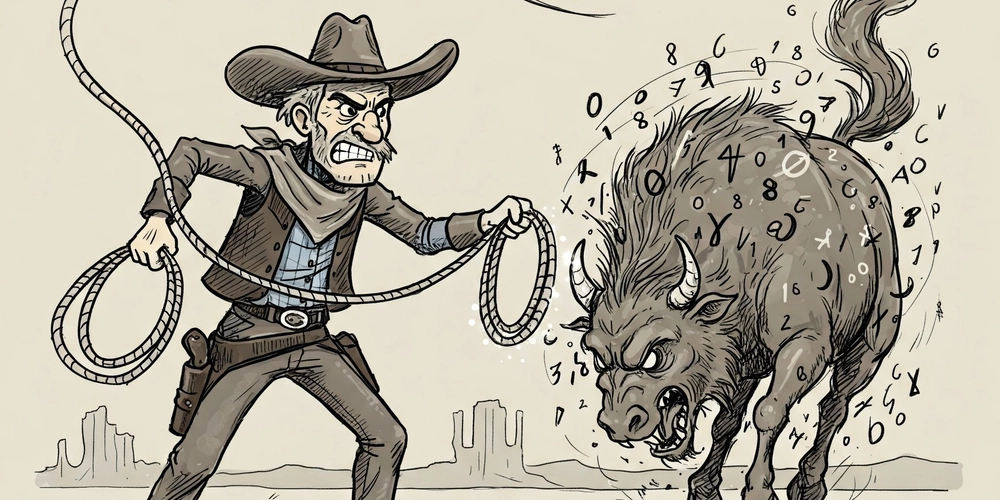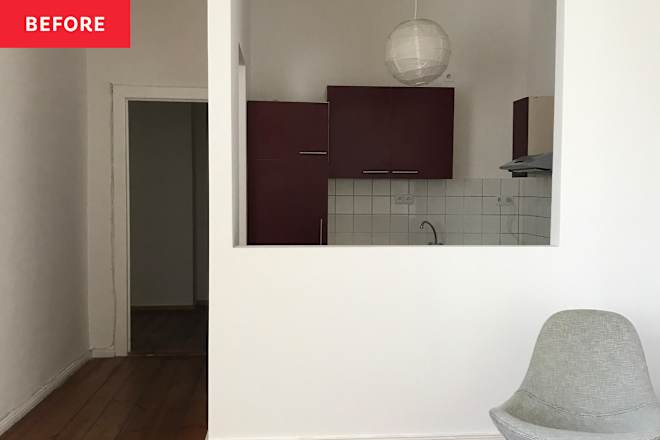Read the Letter The Hollywood Unions Sent to Trump Asking For Help To Bring Production Home
As we've been covering for weeks, if not years, Hollywood is in trouble. Productions have moved away from Los Angeles and even out of America. Now, everyone is trying to find a way to lure them all back. At the heart of this struggle are the unions in Hollywood, the WGA, DGA, SAG, IATSE, PGA, and many more. They want production to return, and now have written President Trump a letter urging him to support bringing this American industry back to America. Full disclosure, I am a proud WGA member and a registered Democrat. Despite my differences with many of Trump's policies, I am willing to work with anyone who has the power to help these jobs return. Not only does Hollywood need them, but America, too. The return of these jobs will benefit people all over the country. You can read the letter here.Let's dive into the asks of the unions and the ideas proposed to the President. The Letter to TrumpLike I said at the top, help is needed. We really do need the government to work with Hollywood's leaders in order to make jobs return. In the letter, our union leaders smartly emphasize the significant economic contributions of film and television productions to local communities. If you didn't read, you should know that an average film shoot injects over $670,000 daily and provides employment for nearly 1,500 individuals. Furthermore, an average television series contributes approximately $49 million to the local economy.That's not money you can replicate. We need movies and TV shows shot here to help local economies thrive. The letter also addressed the competitive landscape, and it notes that numerous countries have implemented production tax incentives over the past two decades, leading many productions to relocate outside of the United States.If we want to keep up, we have to make propositions of our own. What Is Hollywood Asking For? American NEEDS to compete with these other countries if it wants to lure production back. Many shows and series have left. We have to lay the groundwork so everything new stays, and maybe if we make that golden enough, some will come back. But at least we'll have a foundation for the future. So, what are the major steps to getting this all done? Step 1: 15% Corporate Tax Rate for Domestic Manufacturing ActivitiesThe proposal advocates for the introduction of a new 15% corporate tax rate specifically for domestic manufacturing activities. This initiative would be modeled after the former Section 199 manufacturing deduction, which expired in 2017.The deduction is aimed at enhancing the competitiveness of the U.S. market, retaining and attracting high-paying jobs associated with film and television production, and fostering significant economic and job growth.Step 2. Long-Term Extension & Expansion of Section 181Section 181, initially enacted by Congress in 2004, was designed to encourage domestic film and television production. The proposal calls for both a long-term extension and an expansion of this provision.Currently, Section 181 permits up to $15 million of qualified film and television production expenses to be deducted in the year they are incurred. This limit increases to $20 million if the production occurs in low-income or economically distressed areas. Given that these thresholds were established in 2004, the proposal suggests raising the caps on production expenditures to $30 million, or up to $40 million if produced in low-income or economically distressed regions. To be eligible, a production must allocate at least 75% of its labor compensation within the United States. The accelerated deductibility offered by Section 181 is intended to lower the cost of capital, provide greater cash flow certainty, and enable producers operating on tight budgets to greenlight productions that might otherwise not be feasible.Step 3. Reinstating the Ability to Carry Back LossesThe Tax Cuts and Jobs Act had eliminated the ability for businesses to carry back losses. While the Coronavirus Aid, Relief, and Economic Security (CARES) Act temporarily reinstated and extended the carryback period for net operating losses (NOLs) to five years, this provision was only effective through 2022. The proposal argues that permanently reinstating the ability to carry back losses would allow businesses to utilize their profitable years to offset subsequent losses, thereby leading to greater financial stability. Summing It All Up In order to bring production back to the USA, we need to incentivize it. The steps in this letter would go a long way toward helping, way more than tariffs. And it was signed by Trump's emissaries to Hollywood, Sylvester Stallone and Jon Voight, which makes me think maybe he will listen. This goes above and beyond politics. It's so important for the future of our industry. Let me know what you think in the comments.


As we've been covering for weeks, if not years, Hollywood is in trouble. Productions have moved away from Los Angeles and even out of America. Now, everyone is trying to find a way to lure them all back.
At the heart of this struggle are the unions in Hollywood, the WGA, DGA, SAG, IATSE, PGA, and many more.
They want production to return, and now have written President Trump a letter urging him to support bringing this American industry back to America.
Full disclosure, I am a proud WGA member and a registered Democrat. Despite my differences with many of Trump's policies, I am willing to work with anyone who has the power to help these jobs return.
Not only does Hollywood need them, but America, too. The return of these jobs will benefit people all over the country.
Let's dive into the asks of the unions and the ideas proposed to the President.
The Letter to Trump

Like I said at the top, help is needed. We really do need the government to work with Hollywood's leaders in order to make jobs return.
In the letter, our union leaders smartly emphasize the significant economic contributions of film and television productions to local communities.
If you didn't read, you should know that an average film shoot injects over $670,000 daily and provides employment for nearly 1,500 individuals. Furthermore, an average television series contributes approximately $49 million to the local economy.
That's not money you can replicate. We need movies and TV shows shot here to help local economies thrive.
The letter also addressed the competitive landscape, and it notes that numerous countries have implemented production tax incentives over the past two decades, leading many productions to relocate outside of the United States.
If we want to keep up, we have to make propositions of our own.
What Is Hollywood Asking For?
American NEEDS to compete with these other countries if it wants to lure production back. Many shows and series have left. We have to lay the groundwork so everything new stays, and maybe if we make that golden enough, some will come back.
But at least we'll have a foundation for the future.
So, what are the major steps to getting this all done?
Step 1: 15% Corporate Tax Rate for Domestic Manufacturing Activities
The proposal advocates for the introduction of a new 15% corporate tax rate specifically for domestic manufacturing activities. This initiative would be modeled after the former Section 199 manufacturing deduction, which expired in 2017.
The deduction is aimed at enhancing the competitiveness of the U.S. market, retaining and attracting high-paying jobs associated with film and television production, and fostering significant economic and job growth.
Step 2. Long-Term Extension & Expansion of Section 181
Section 181, initially enacted by Congress in 2004, was designed to encourage domestic film and television production. The proposal calls for both a long-term extension and an expansion of this provision.
Currently, Section 181 permits up to $15 million of qualified film and television production expenses to be deducted in the year they are incurred. This limit increases to $20 million if the production occurs in low-income or economically distressed areas.
Given that these thresholds were established in 2004, the proposal suggests raising the caps on production expenditures to $30 million, or up to $40 million if produced in low-income or economically distressed regions.
To be eligible, a production must allocate at least 75% of its labor compensation within the United States.
The accelerated deductibility offered by Section 181 is intended to lower the cost of capital, provide greater cash flow certainty, and enable producers operating on tight budgets to greenlight productions that might otherwise not be feasible.
Step 3. Reinstating the Ability to Carry Back Losses
The Tax Cuts and Jobs Act had eliminated the ability for businesses to carry back losses. While the Coronavirus Aid, Relief, and Economic Security (CARES) Act temporarily reinstated and extended the carryback period for net operating losses (NOLs) to five years, this provision was only effective through 2022.
The proposal argues that permanently reinstating the ability to carry back losses would allow businesses to utilize their profitable years to offset subsequent losses, thereby leading to greater financial stability.
Summing It All Up
In order to bring production back to the USA, we need to incentivize it. The steps in this letter would go a long way toward helping, way more than tariffs. And it was signed by Trump's emissaries to Hollywood, Sylvester Stallone and Jon Voight, which makes me think maybe he will listen.
This goes above and beyond politics. It's so important for the future of our industry.
Let me know what you think in the comments.






















































































